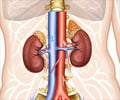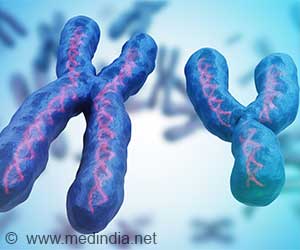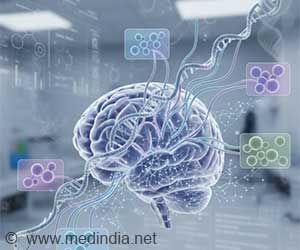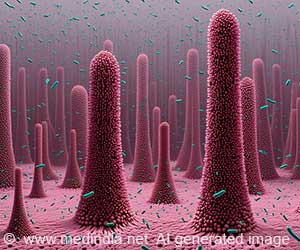Two new genes; GOT2 and IDH3B, identified to be linked with development of paragangliomas and pheochromocytomas.
- Mutations or alterations in genes involved in cell respiration linked to development of paragangliomas (PGLs) and pheochromocytomas (PCCs)
- Two rare variations in previously known genes and two new candidate genes identified.
- These tumors (PGL and PCC) have the strongest hereditary component known till date.
Pheochromocytomas (PCC) and paragangliomas (PGL) are rare neuroendocrine tumors. Many genes whose alterations or mutations confer hereditary susceptibility to develop these tumors are those that are involved in the Kreb’s cycle (cell respiration pathway). A team of researchers from the Spanish National Cancer Research Center have identified rare pathological variations in known PGL/PCC susceptible genes and also two new candidate genes that confer hereditary susceptibility. The study was published in the journal Clinical Cancer Research.
Pheochromocytoma and Paraganglioma
Pheochromocytoma (PCC) and paraganglioma (PGL) are rare tumors that form from neuroendocrine cells. They are both generally benign (do not grow a.k.a cancerous) but rarely they do undergo metastasis (spread to other parts of the body). PCC develops in the adrenal gland and PGL in certain nerve cells. Both tumors result in episodic or persistent high blood pressure. Both PGL and PCC are not genetic in origin but the generally benign tumors becoming cancerous and spreading to other parts of the body is associated to mutations in genes involved in the cell respiration cycle. The fact that up to 40% of individuals with PCC and/or PGL have a hereditary background due to germ line mutations affecting one of thirteen susceptibility genes makes these tumors have a stronger hereditary component compared to other tumors.
Study lead, Alberto Cascón, mentioned "The identification of mutations in the Krebs cycle genes is especially important given that the patients harboring them have a greater likelihood of developing metastasis"
TOP INSIGHT
GOT2 and IDH3B genes possibly linked to hereditary predisposition to paragangliomas and pheochromocytomas.
Nearly half of the genes linked to development of PGG and PCC were linked to genes that play a role in the Kreb’s cycle. Variations in genes that code for SDH, FH and MDH2 leads to accumulation of metabolites that lead to epigenetic (combination of environmental and genetic) changes in the genome. The team hypothesized that if tumors which had the same epigenetic changes but the already known genes were not mutated, then there must be mutations in other Kreb’s cycle genes.
49 tumors from patients that had the same epigenetic changes and did not show alterations in the thirteen known PCC/PGG susceptibility genes were analyzed. Exome sequencing revealed two very rare pathological variations in known PCC/PGL susceptibility genes (SDHC and IDH1).
The study also identified two new candidate genes tat could possibly be involved in the hereditary predisposition to PCC and PGL. One is a germ line mutation in the GOT2 gene and the other IDHB3 gene both encoding enzymes for the Kreb’s cycle.
The study strengthens the evidence for the relevance of Kreb’s cycle genes in the development of pheochromocytomas and paragangliomas and also indicates that there may be several undiscovered genes that may be involved.
The epigenetic changes in the genome as a result of the gene mutations lead to dis-regulation of the enzyme levels. If all the susceptibility genes are identified, the epigenetic changes may be rewritten. In this case the DNA becomes hyper-methylated (additional methyl groups are added, thereby silencing or altering gene function). To bring back normal function the methyl groups may be removed.
References:
- Remacha, L., Comino-Méndez, I., Richter, S., Contreras, L., Currás-Freixes, M., Pita, G., . . . Cascon, A. (2017). Targeted exome sequencing of Krebs cycle genes reveals candidate cancer predisposing mutations in pheochromocytomas and paragangliomas. Clinical Cancer Research. doi:10.1158/1078-0432.ccr-16-2250
- Pheochromocytoma and Paraganglioma-Patient Version - (https://www.cancer.gov/types/pheochromocytoma)
 MEDINDIA
MEDINDIA





 Email
Email





